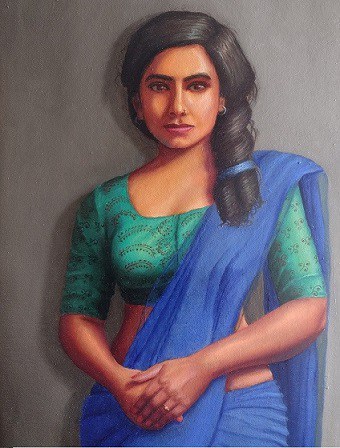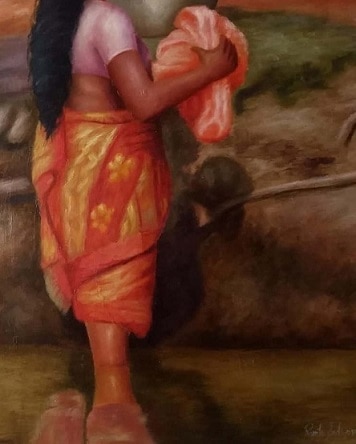Glazing oil painting is a technique is the purpose of it is to add more depth in the shadow and absence of light zones in a painting. That is the intention of the technique. My words may be confusing to you, but if you know the basics of oil painting, you should be able to connect with what I am saying.
Technically glazing is a technique where any raw oil paint is diluted with linseed oil and applied on an already painted surface to add more depth in a particular shadow area. You can dilute any translucent/semi-translucent raw paint with linseed oil or it could be a combination of more than 2 paints with oil, the created liquidized mixture will be applied on a particular area. In the traditional glazing technique, any semi or fully opaque paint is never chosen for this technique. All of this should sound very technical to you. Let me explain it with a few examples.
If you are new to oil painting, my articles on how to do an oil painting and how to prepare canvas for oil painting.
Glazing oil painting technique to create depth in a shadow area
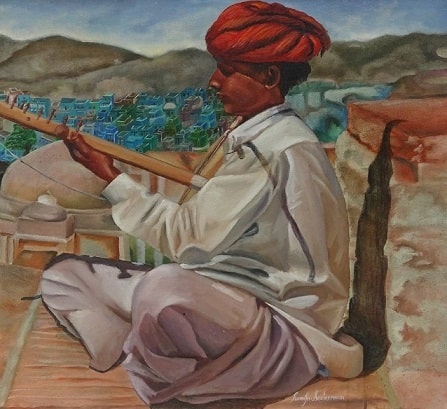
Glazing is an excellent technique to create the depth in a shadow area. Let us say you have created an object and there has to be a shadow on the floor on which the object is sitting. Let us assume the color of the floor is raw umber, I would take raw umber dilute it with linseed oil and apply it to create the shape of the shadow. To add more and more realism/depth to it, what I would do is I would strengthen the raw umber with dark paints such as Prussian blue or green or crimson lake to make it even darker. Then I would apply it in the area of shadow. I would mark the shadow and would fill this mixture there.

However, in my mind, I know how dark my shadow should get. If I make it too dark, it is going to look bad. The level of darkness depends on the light that is falling on the subject, if it is a day light or limited indoor light. Shadow can be very dark if it is indoor light falling on the subject. If it is a daylight, shadow will look clear, visible and defined.
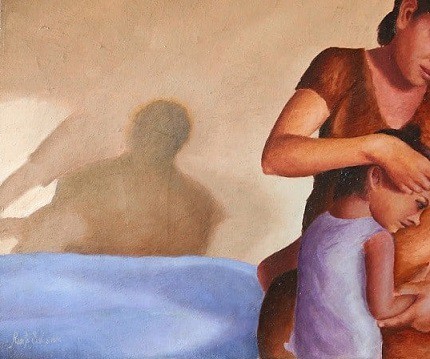
I also use glazing oil painting technique in a slightly different manner. I would already create an object and a shadow and after the painting dries completely, I would spread this diluted mixture(diluted mixture is predominantly the darkened value of the floor) to create more depth in the shadow area. You can try both my methods, but practice is the key. You will get excellent outputs in both the methods, but you have to decide which one is really satisfactory to you.
You might also be interested in the scumbling technique.
Glazing oil painting technique to create depth in fabric
Glazing is an excellent way to add depth in clothes, to create more meaning and realism in the folded area of the cloth. I will explain this with an example. Here in this cloth, I have used the colors crimson red, scarlett lake and diluted it with titanium white. What I would generally do is allow the painting to completely dry and not touch dry, then I would glaze it. I would dilute the colors crimson red and scarlett lakte with oil, and add more darkness to it using prussian green or ultramarine blue then apply it wherever it needs to be dark.
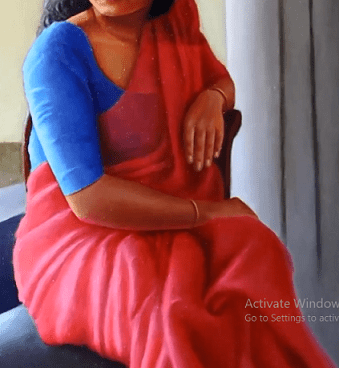
I have several years of practice creating paintings, so I know where to stop without overdoing the technique. Our love and enthusiasm for the glazing oil painting technique should not ruin the painting. If you are new to the idea of glazing, it may take time for you to master it. And in the process you may be ruining a few paintings, however the beauty of oil is that it can be modified how many ever times you want.
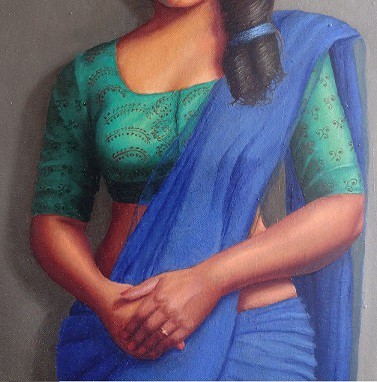
Glazing oil painting technique for the shadow areas in the skin
Glazing oil painting technique is even trickier than creating depth on fabric and shadow zones of non living objects. You have to be very careful because we do not want the shadow area to look very dark. What I am trying to convey here is that, I may have a certain value on my mind, but my mixture must not be too much and exceed the value that is there on my mind.
